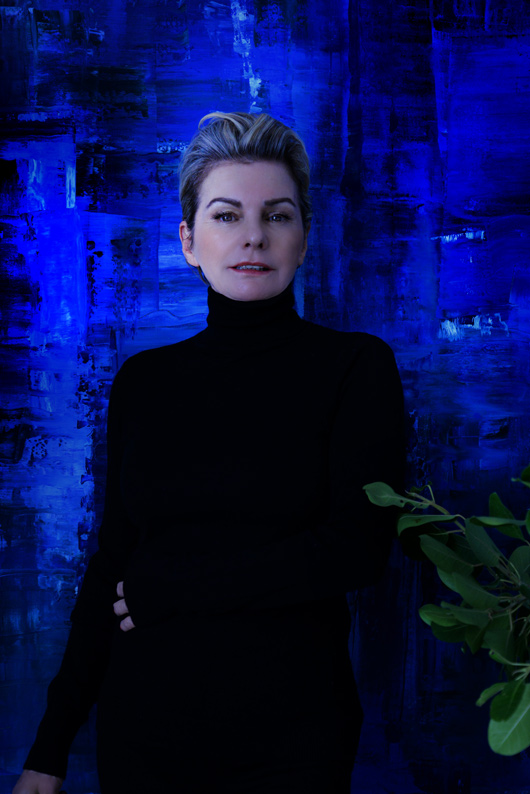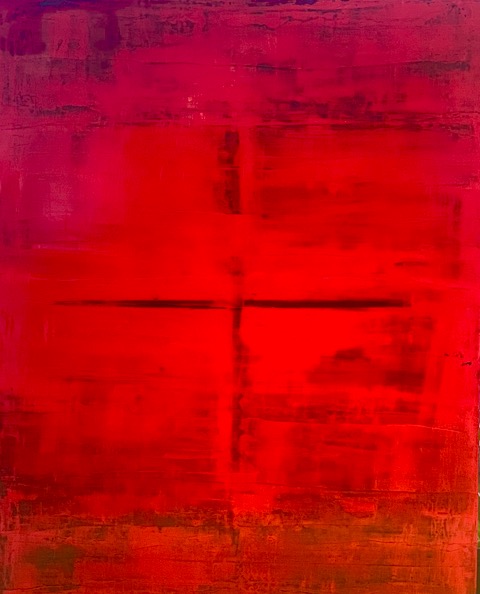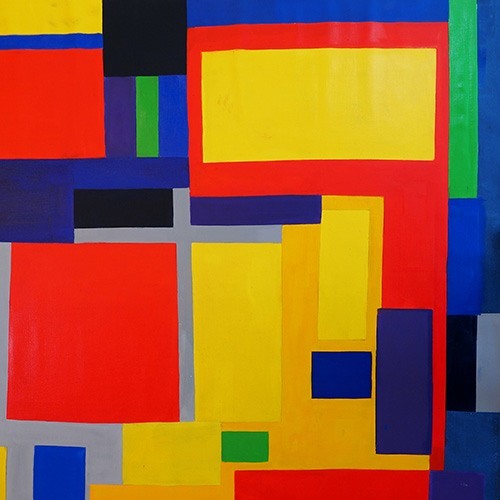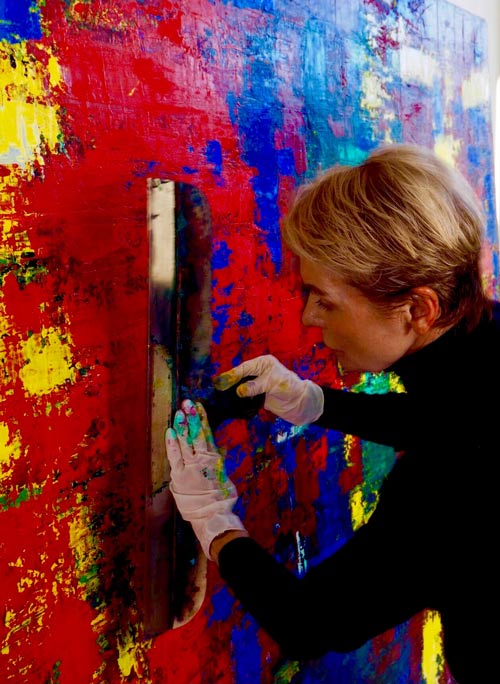Catherine Timotei is a French contemporary artist, who lives between Corsica France and South Africa. In search of the sublime, she depicts the fundamental of the world’s essential crisis with a leap into Abstract. Her style is highly acclaimed by critics for its large-scale dimensions, vibrant colors, and expressive notes that draw on key aesthetics of the most highly regarded and sought-after masters of art. Her aesthetics choices are grounded in a philosophical interest and desire to express emotion, and touch the human soul. She learned drawing in Santo Domingo in 1986, “Nulla sine Lineas”, “first of all drawing is the basis of all arts, and second, lines form the basis of drawing”; she attended the Lorenzo Di Medici art school in Florence, Italy, where the focus was on the traditional historical sources of the Italian masters; with the Museum of Modern Art in New York, she studied and learnt the techniques of the Abstract Expressionism masters & beyond. In our current age of globalization and modernalisation, Abstract Expressionism, with its permanent and timeless presence, is perhaps one of the most recognized historical genres.
Timotei strongly supports the preservation of the environment and the well being of the planet.

Photograph by: Krisjan Rossow
ABOUT CATHERINE
Known for her expanding dimension and exuberant colourful paintings, French Corsican artist Catherine Timotei’s work is drawing inspiration from a diverse array of influences, from Renaissance masters to the 20th- Century abstract Expressionism movement.
Her theory of pure colour echoes the powerful impressions left by Hans Hoffmann ” making a painting is almost a physical struggle”, and reflects the artist constant search to give volume presence; between reality and immateriality, between two-dimensional extension and three- dimensional depth.
With the moral impulse of the American expressionist heroes strongly entangled, she bridges the link between European and American expressionism to develop her own expressive potential. Her artwork is full of allusions and associations that are not easily deciphered, leaving room for it to take on a diaphanous form.
Timotei’s work features key aesthetics used by many of the most sought-after artists in today’s international market. Her understanding of abstract art has culminated through her travels throughout the world. This has pushed her art to reflect the juxtaposition between her rebellious nature and the need to be guided by honour, structure and ethics.

CATHERINE’S ART TECHNIQUES
Timotei uses color as an approach that concentrate on study of consciousness and the object of direct experience. Her technique with oil medium, her generative capacity of treatment of color and prolonged visual analysis on large scale formats give to the viewer an experience, with its unique story. It does not illustrate; it is the perception of its own realisation. The beauty of her work originates from the vibrant colors that inescapably raise emotion to the viewer. Timotei has a unique gift, a natural talent and attention to detail that enhances her ability to excel in her aesthetic approach to create beauty through art. Her artistic choices are grounded in philosophical interest to express emotion and touch the human soul. To echo Gilles Deleuze book “la Logique de la sensation” where he talks about Phenomenology and the power of color to undo form.
“Color holds a prominent place in the series of primordial phenomena. This is why color as element of art may be used and can collaborate to the highest aesthetics purpose.” Goethe.

CATHERINE’S ART TECHNIQUES
Timotei uses color as an approach that concentrate on study of consciousness and the object if direct experience. She uses oil paint, a mix of pure color pigment and linseed oil to create her large scale paintings, through a combination of various art techniques and prolonged visual analysis. The beauty of her work originates from the vibrant colors that inescapably raise emotion to the viewer. Timotei has a unique gift, a natural talent and attention to detail that enhances her ability to excel in her aesthetic approach to create beauty through art. Her artistic choices are grounded in philosophical interest to express emotion and touch the human soul. To echo Gilles Deleuze book “la Logique de la sensation” where he talks about Phenomenology and the power of color to undo form. Color holds a prominent place in the series of primordial phenomena. This is why color as element of art may be used and can collaborate to the highest aesthetics purpose.
ABSTRACT EXPRESSIONISM
Abstract Expressionism re-defines the purpose of art from social consciousness to human consciousness, stressing the Universal instead of the particular. Abstract Expressionism, marks the transition from lack of subject matter to abstract content. The intellectual capital of the European masters brought to the canvas of the twenty-first century. Certain so-called Abstraction is not Abstraction at all. It is the realism of our time. Geometric Abstraction represents the height of a non-objective art as an artistic expression.
Art is being interactive, with social bounding, and constitutes a collective narrative in our own virtual reality. Interactivity is a key element in today’s contemporary art. It has changed our perception of art and it challenges the role of the artist. With the rise and fall of emerging economies, Abstract Art expresses the hope and despair felt by many individuals.
There is a deep interactivity with the Medium as the medium produces meaning.


ABSTRACT EXPRESSIONISM
Abstract Expressionism re-defines the purpose of art from social consciousness to human consciousness, stressing the Universal instead of the particular. Abstract Expressionism, marks the transition from lack of subject matter to abstract content. The intellectual capital of the European masters brought to the canvas of the twenty-first century. Certain so-called Abstraction is not Abstraction at all. It is the realism of our time.
Art is being interactive, with social bounding, and constitutes a collective narrative in our own virtual reality. Interactivity is a key element in today’s contemporary art. It has changed our perception of art and it challenges the role of the artist. With the rise and fall of emerging economies, Abstract Art expresses the hope and despair felt by many individuals.
There is a deep interactivity with the Medium as the medium produces meaning.

MISSION STATEMENT
“My working definition of abstract art itself is an artistic and spiritual adventure. It focuses on reality beyond the material world.”
“Art is a universal language and powerful in its simplicity making it one of the most effective tools for communication and affecting change.”
“My vision is concerned with social dynamics to integrate the principles, values, and practices of sustainable development in order to address the social, economic, cultural, and environmental problems we face in the 21st century.”
“In today’s global village, collectors and artists in cultural centres around the world are playing a crucial role in defining the language of art. Participants include museums directors and art journalists who will express their experience and their influence on global cultural links. In doing so, the depth of impact art has on society continues to grow.”
